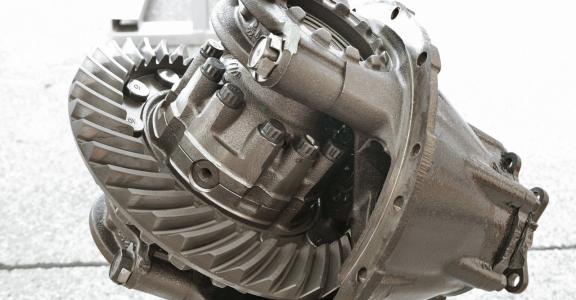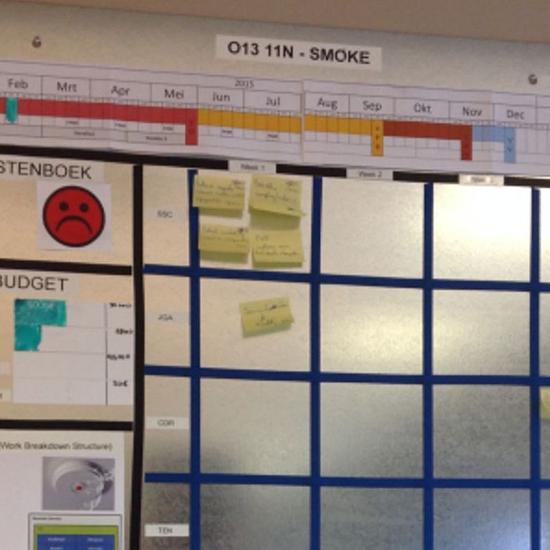JTEKT Torsen was able to make automotive differentials lighter. The products were optimised through better management of materials and their layout.
JTEKT Torsen based in La Louvière, Belgium, specialises in the manufacture of differentials for cars of various makes. Products are made of steel and cast iron. Taking into account the rules regarding CO2 emissions that are becoming more and more strict for the automotive sector, the company tries to lower the weight of their products without incurring additional costs.
Since the form and compactness of the differentials had already been optimised in the past, JTEKT requested the Sirris Product Development Hub to provide assistance to find options for the materials. The goal was a significant reduction of the weight without reducing technical performance and a reduction of the production costs.
New concept
Sirris modelled the differential and performed various digital simulations on the basis of forces exerted on the product when operational as determined by JTEKT taking the feasibility of making the components into consideration. It soon became apparent that differentials made of injected moulded polymers would not be able to handle the mechanical load and that thermoplastic composites would have to handle unacceptable delaminations.
Sirris demonstrated that the metal housing could be lighter while retaining its properties. Optimising the geometry and modifying the design resulted in a weight reduction of 25%. Cast iron is no longer the best solution, but, when replaced by cast steel, the mechanical resistance is assured with a sufficiently high safety coefficient and the weight can be further reduced.
Functional prototypes
JTEKT Torsen, in collaboration with the Sirris Product Development Hub, successfully completed the project as they were able to decrease the weight of the automotive differential. They were able to reduce the weight by 25%. The goal was achieved even though composite and hybrid materials were found not to be appropriate due to significant thermomechanical restrictions. The goal was achieved through calculated dimensioning driven by accurate and realistic simulation models and the use of topological optimisation. The Product Development Hub not only optimised the differential but also introduced models for elastoplastic behaviour and management of contact in simulation tools already available at JTEKT. The reference model can now also be used to optimise other future models.



